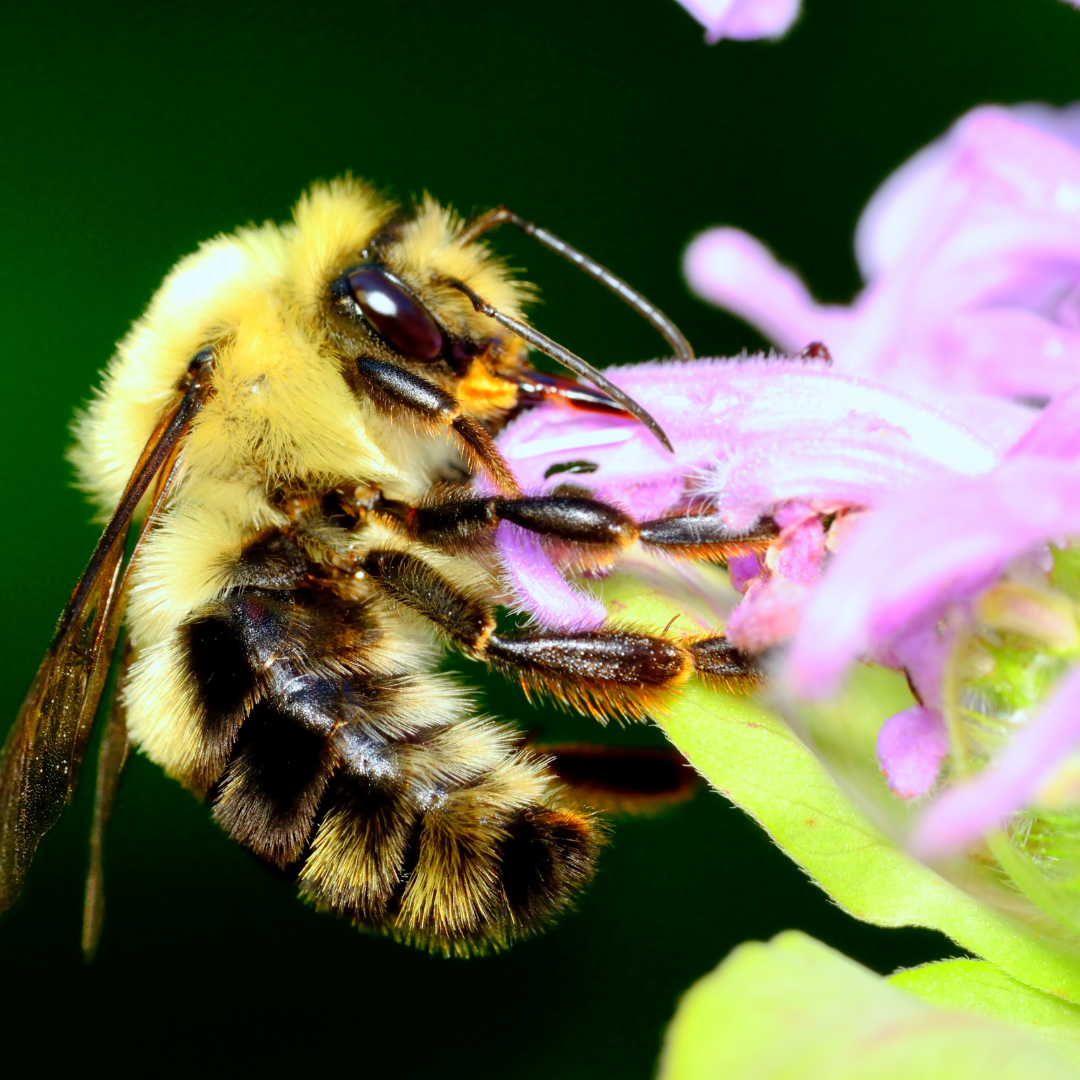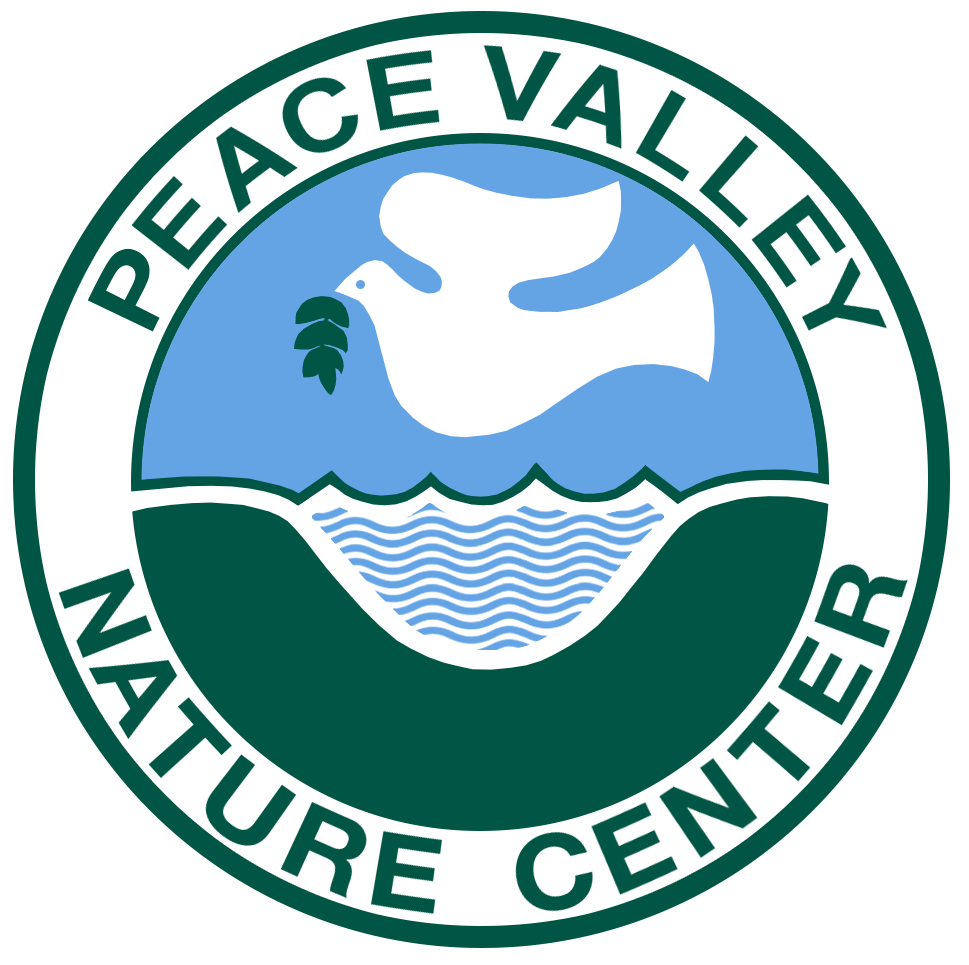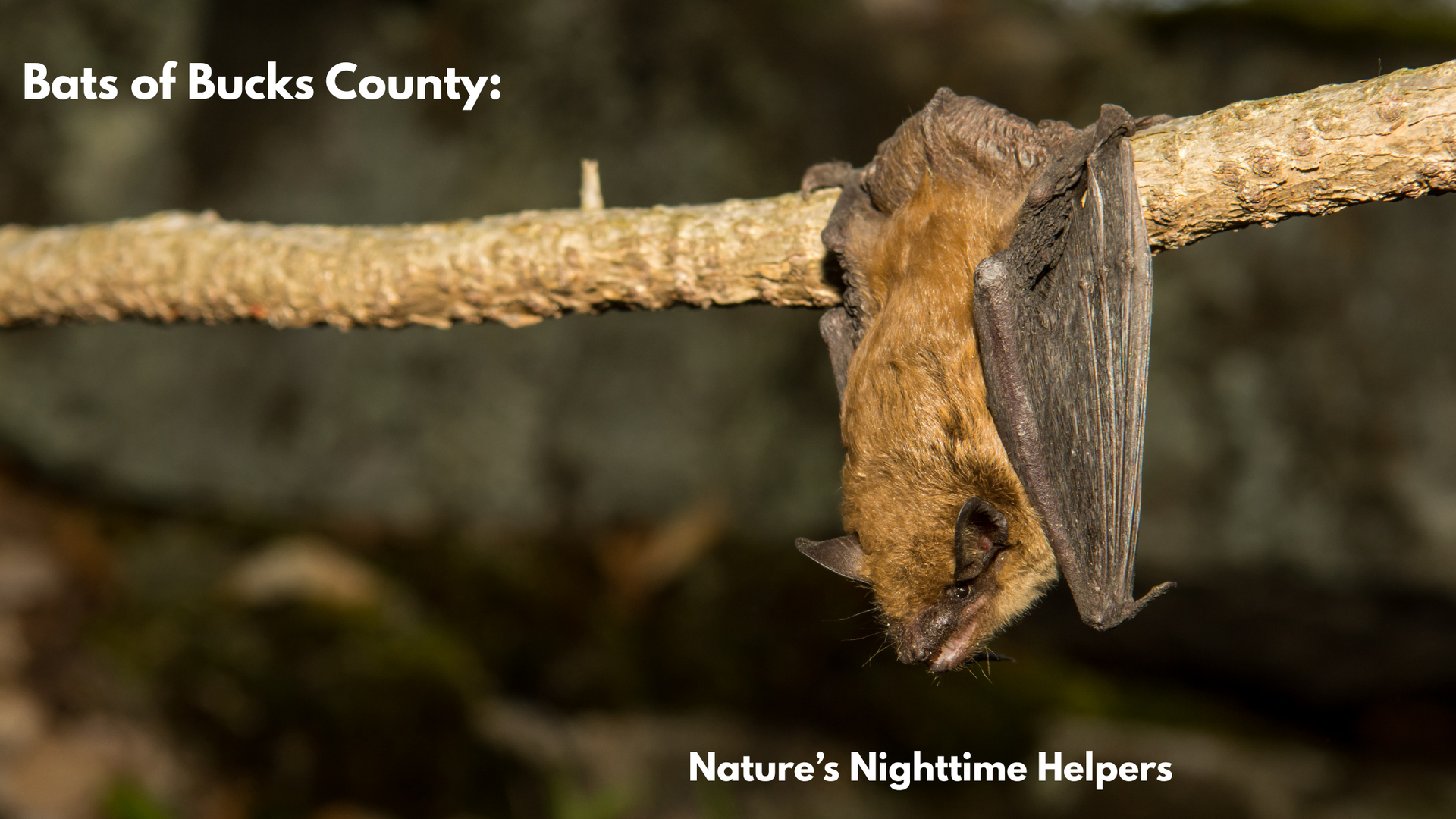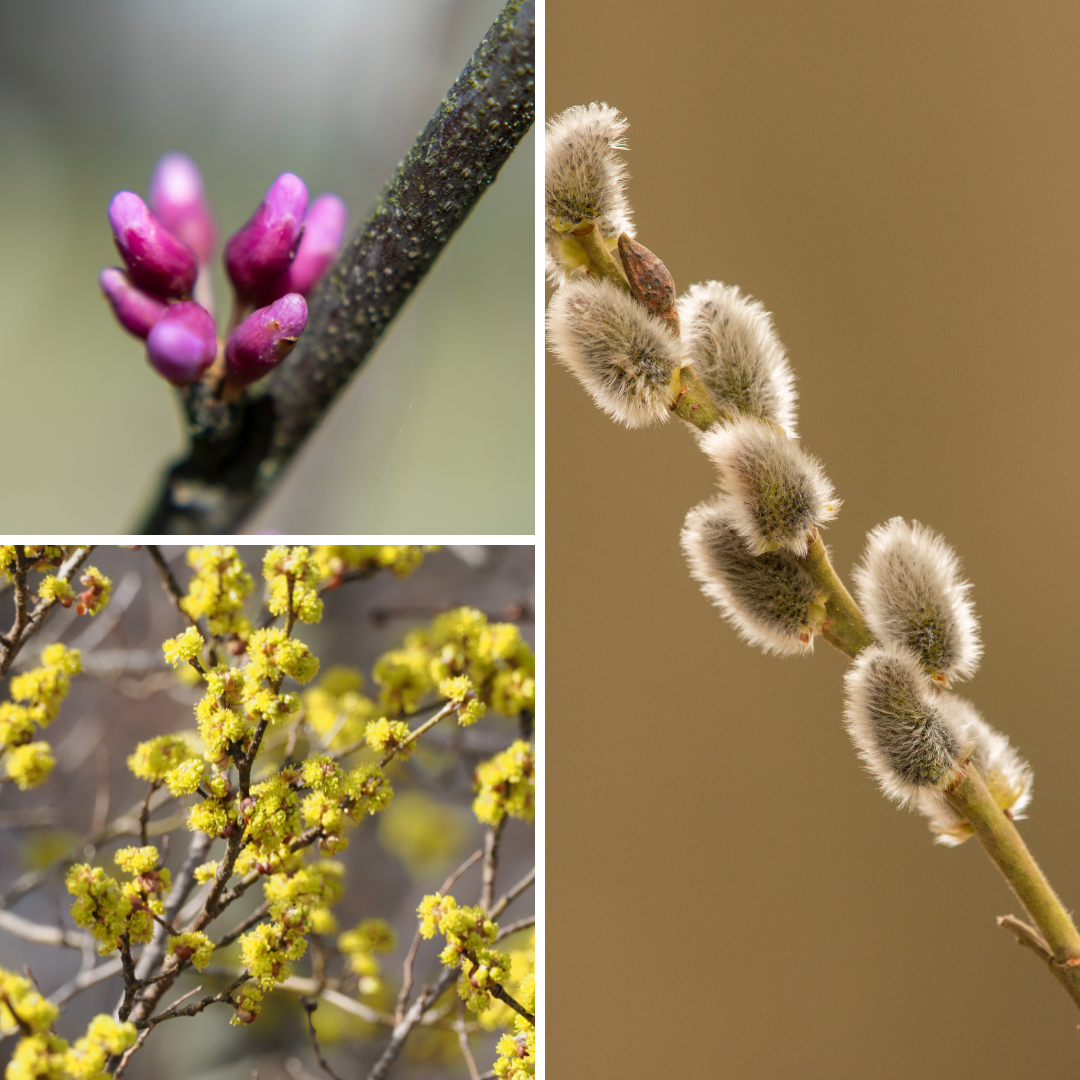Unveiling the Buzz: Diving into the World of Native Bees

Bees are often synonymous with honeybees, but did you know that there's a diverse world of bees beyond the familiar honey producers? Native bees, often overshadowed by their honey-making counterparts, play crucial roles in pollination, ecosystem health, and biodiversity. Bees are keystone species in many ecosystems, meaning they have a disproportionate impact on their environment compared to their abundance. Their activities influence plant reproduction, soil health, and other ecological processes.
When we think of bees, images of the European honeybee (Apis mellifera) likely come to mind. However, there are over 4,000 species of native bees in North America alone, each with unique characteristics and behaviors. These bees belong to various genera, including bumblebees (Bombus spp.), mason bees (Osmia spp.), leafcutter bees (Megachile spp.), sweat bees (Halictidae), and many others.
Unlike honeybees, which live in hives, many native bee species are solitary, nesting in tunnels, wood crevices, or underground burrows. Solitary bees don't produce honey or have complex social structures like honeybee colonies, but they are incredibly efficient pollinators. Pollination is essential for the reproduction of flowering plants, including many crops that humans rely on for food. While honeybees are significant pollinators, native bees also contribute significantly to pollination services. In fact, certain native bee species are even more effective pollinators for specific plants than honeybees due to their specialized behaviors and preferences.
Native bees exhibit diverse foraging behaviors and preferences, visiting a wide range of flowering plants. This diversity ensures more comprehensive pollination coverage across various ecosystems and agricultural landscapes. Furthermore, native bees are often active earlier or later in the season when honeybees are less abundant, ensuring consistent pollination throughout the year.
Despite their importance, native bees face numerous challenges that threaten their populations. Habitat loss, pesticide exposure, climate change, and diseases are among the primary threats to native bee populations. Fragmentation of natural habitats reduces nesting sites and foraging resources for native bees, making it harder for them to thrive.
Additionally, the use of pesticides, especially neonicotinoids, poses significant risks to bee populations. These chemicals can have sublethal effects on bees, affecting their behavior, reproduction, and overall health. Climate change also disrupts the timing of flowering plants, potentially leading to a mismatch between bee emergence and floral resources.
Fortunately, there are actions we can take to support native bees and promote their conservation:
- Plant bee-friendly gardens: Choose a variety of native plants that provide pollen and nectar throughout the growing season. Include flowers of different shapes and sizes to attract a diverse array of bee species.
- Provide nesting sites: Leave patches of bare soil, create bee hotels using hollow reeds or drilled blocks of wood, or install commercially available bee nesting boxes to provide nesting sites for solitary bees.
- Avoid pesticide use: Minimize the use of pesticides in your garden, especially neonicotinoids and other systemic insecticides that can harm bees. Opt for organic or bee-safe alternatives whenever possible.
- Support habitat conservation: Get involved in local conservation efforts to protect natural habitats and promote biodiversity in your community.
Native bees are vital pollinators that play a crucial role in maintaining healthy ecosystems and sustaining agricultural productivity. By understanding their diversity, importance, and conservation needs, we can take meaningful actions to support native bee populations and ensure their survival for generations to come. Whether it's creating bee-friendly gardens, providing nesting sites, or advocating for habitat conservation, each of us can make a difference in safeguarding these invaluable pollinators.




